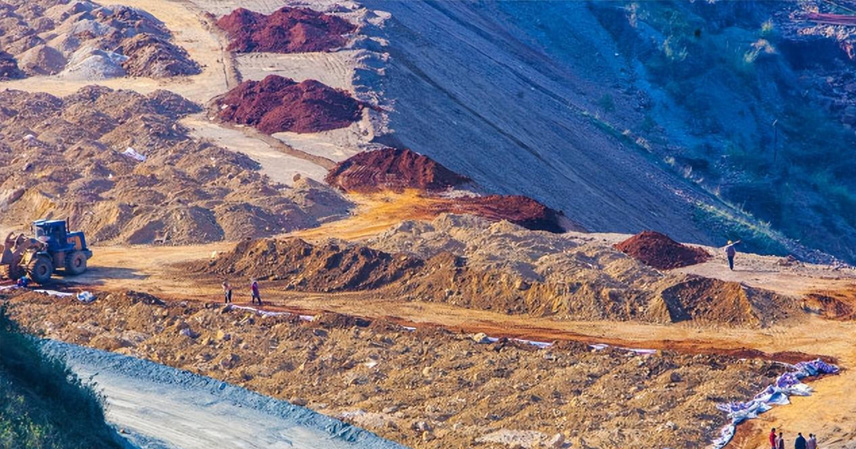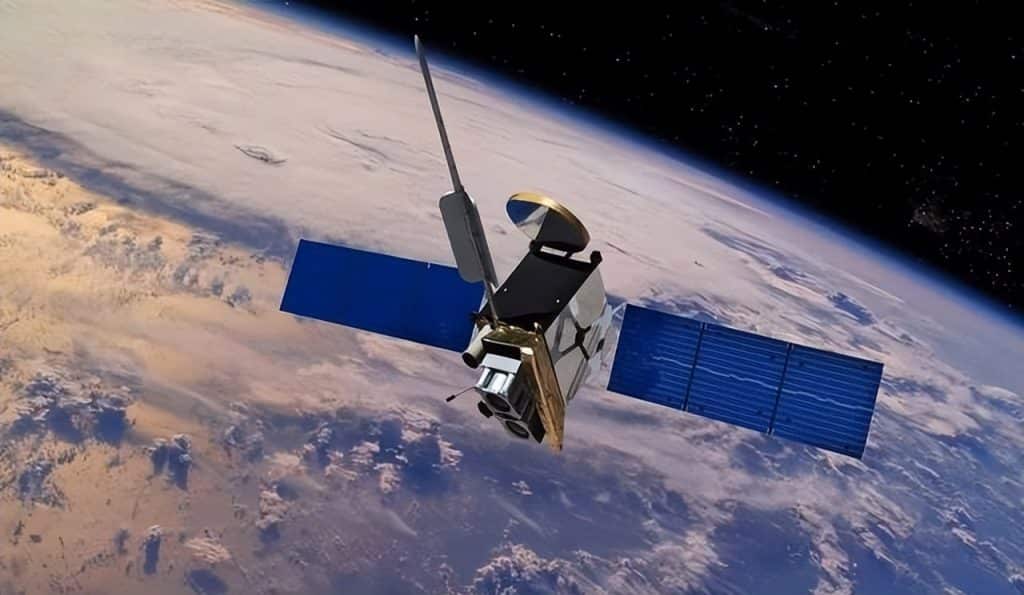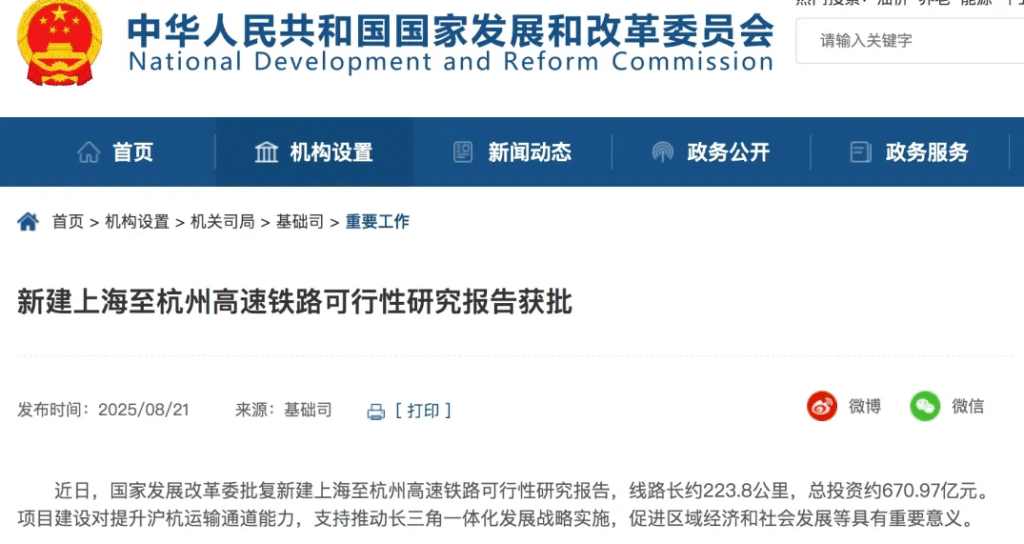In late September, U.S. media once again made headlines with exaggerated claims. Fox News loudly declared: “China can’t choke us with rare earths anymore—American scientists have found the cure!”
The “cure” in question was a so-called breakthrough from Jian-Ping Wang’s team at the University of Minnesota: iron nitride magnets. The media hyped the discovery as if it could instantly free the F-35 fighter jet from China’s rare earth grip. Yet a closer look reveals less of a technological revolution and more of a desperate gamble—especially ironic since, while the U.S. was busy cheering slogans, China had already cut off supply to three critical U.S. defense contractors.
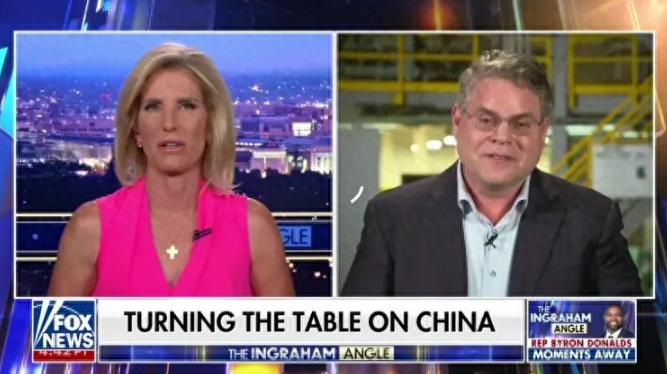
1. The “Savior Magnet” Is Actually a 70-Year-Old Relic
The hype started back in April 2025, when China imposed export controls on seven types of medium and heavy rare earths. This struck a nerve across Western industries: Ford’s Explorer SUV production line in Chicago halted, over a dozen European wind projects were delayed, and Bosch in Germany saw inventories plunge. For the Pentagon, the stakes were even higher—its own reports admit that one F-35 requires 400 kilograms of rare earths, and the U.S. military needs 175 tons of rare earth magnets annually.
Cue Fox News with its “solution.” According to their report, iron nitride magnets used only iron and nitrogen—cheap and abundant—and supposedly offered superior magnetic performance to all Chinese rare earth magnets. The outlet even emphasized that Wang’s company had secured $52 million in funding and was “on the verge of mass production.”
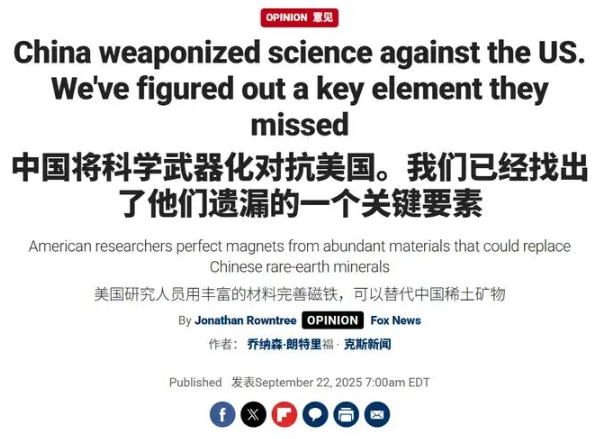
But industry experts quickly pointed out the flaw: iron nitride magnets were first discovered in the 1950s and abandoned for good reason. They are extremely unstable, oxidizing quickly at slightly elevated temperatures. Under summer heat or industrial conditions, they lose magnetism and become useless. One online commentator quipped: “This isn’t a magnet—it’s a greenhouse flower. Too delicate to survive the real world.”
And what about “mass production”? The grand plan turned out to be a pilot run of just 1 ton. By contrast, China produces tens of millions of tons of rare earth magnets annually. The gap is staggering—like comparing a keychain magnet to a fully built car. Meanwhile, Chinese firms such as Zhongke Sanhuan have long been producing N52-grade rare earth magnets certified in both U.S. and European markets.
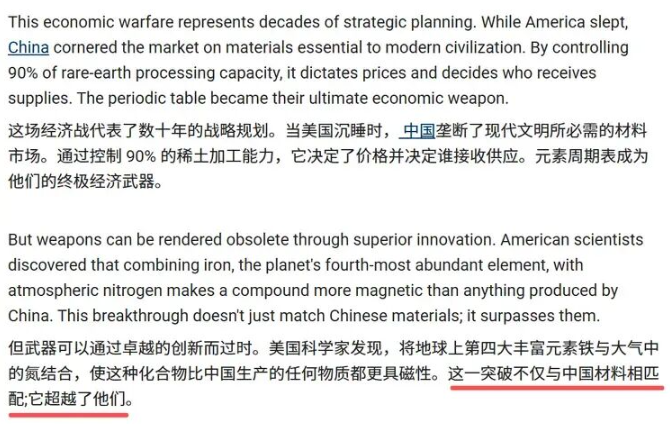
2. G7’s Price Cap Backfires as China Hits U.S. Defense Contractors
While U.S. media hyped up a technological miracle, Washington’s G7 allies considered a new tactic: a “rare earth price cap” aimed at undermining China’s dominance. The plan involved tariffs and minimum prices to artificially create an alternative supply chain.
The problem? Over 90% of rare earth refining capacity is controlled by China. Even Australian ore must be processed in Chinese-linked plants in Malaysia to achieve the required 99.99% purity.
Beijing’s response was swift and surgical. On September 25, China’s Ministry of Commerce blacklisted three key American companies, cutting off rare earth exports to them:
- Huntington Ingalls Industries, the backbone of U.S. aircraft carrier and submarine construction, reliant on Chinese magnets for propulsion.
- Flat Earth Management, central to Taiwan’s F-16V maintenance. Its supply chain collapse threatens to delay upgrades to 12 fighter jets, slashing operational readiness by an estimated 40%.
- Global Dimensions Inc., which provides surveillance systems for U.S. bases in Okinawa. Without Chinese components, critical monitoring equipment has already begun failing.
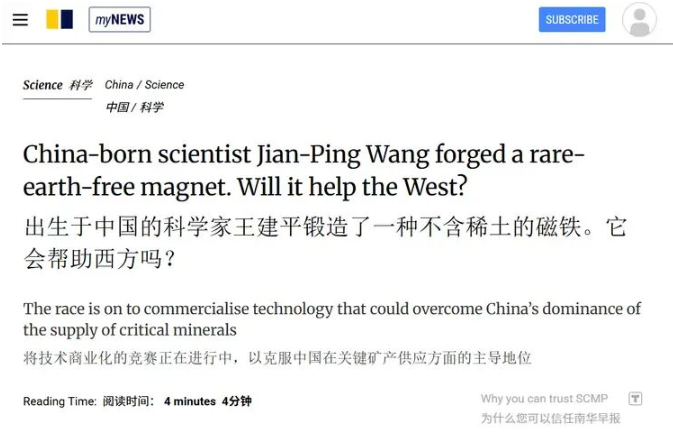
This precision strike hit the U.S. where it hurts most. The U.S. Chamber of Commerce later admitted that 87% of American military equipment depends on Chinese refined rare earths. Analysts described the move as “not a full embargo, but a pinpoint strike—warning Washington and sending a clear message to Taiwan separatists.”
3. America’s Old Trick: Overhype, Secure Funding, Then Fade Away
If this all feels familiar, it’s because the U.S. has played this card before.
- Graphene was once hailed as a material that would change the world in five years. Today, its main commercial use is in heated socks.
- Quantum computing was declared ready to replace silicon chips, yet it still struggles to solve basic arithmetic.
The iron nitride magnet hype fits the same pattern: oversell the concept, attract venture capital, and hope for miracles later. Wang’s firm had already secured funding from General Electric last year, promising a production line that never materialized. Now, its “target output” has shrunk to 1 ton.
Even U.S. media betrayed their doubts, warning in their coverage that “China could kill iron nitride in the cradle with low-cost rare earths.” The irony is clear: the “threat” is not Chinese sabotage but China’s overwhelming industrial capacity.
Meanwhile, U.S. self-rescue efforts remain clumsy. California reopened old rare earth mines, but the ore still needs foreign refining. Recycling e-waste yields too little material to sustain a single production line. As one Canadian executive bluntly put it: “China’s refining technology is at least a decade ahead. Replacement is not realistic in the short term.”
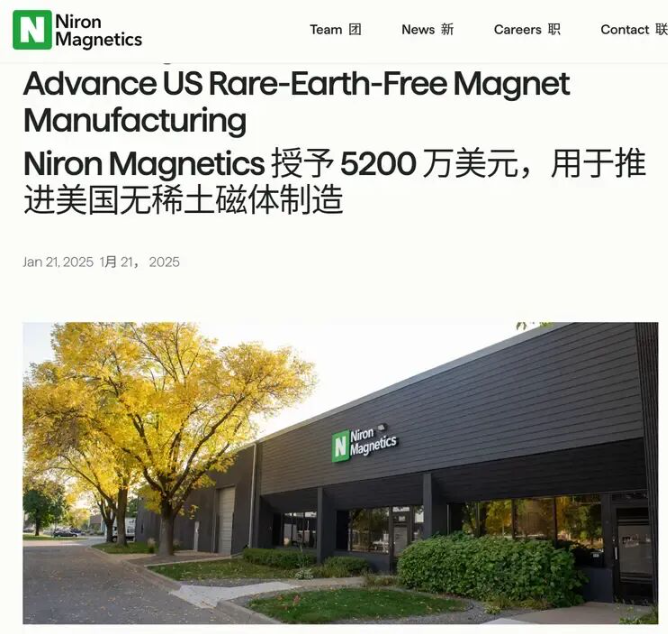
4. China’s Real Strength: The Entire Supply Chain
Contrary to U.S. claims, China’s strength is not merely its rare earth reserves but its end-to-end industrial chain. From mining, refining, and magnet manufacturing to integration in EVs, drones, and defense systems, China has built a closed-loop system that outsiders cannot easily replicate.
China holds 69% of global patents in rare earth processing, with methods that consume 30% less energy and produce 75% less wastewater compared to foreign systems. While others are still drafting blueprints, China has already built the skyscraper and furnished it.
Moreover, China continues to innovate in low-rare-earth and rare-earth-free magnet technologies. As industry insiders say: “Our factories run 24/7 delivering real capacity—not lab samples for press releases.”
Most importantly, China isn’t afraid of being replaced—it fears standing still. While U.S. defense demand drove a drop in exports to the U.S. by 11%, China’s rare earth exports to global civilian markets grew 6.2%, proving its strategy is not monopolistic control but preventing its resources from becoming political weapons against itself.
Conclusion: Real Capacity, Not Headlines, Wins the Rare Earth Battle
The U.S. iron nitride hype looks less like a revolution and more like a self-soothing performance. $52 million has bought just 1 ton of experimental output, while G7’s “price cap” stumbles over the hard fact that they lack the refining expertise.
As one observer put it: “Science doesn’t care about slogans—it cares about data. Industry doesn’t run on concepts—it runs on capacity.”
If Washington truly wants rare earth independence, the path is simple but difficult: scale production from one ton to ten thousand tons, backed by genuine innovation, not political theater. Until then, the U.S. remains caught in its own paradox—shouting independence while staying tethered to China’s supply chain.
References
- Fox News, September 2025 coverage on iron nitride magnets
- Reuters report on G7 rare earth price cap discussions, September 23, 2025
- China Ministry of Commerce press release, September 25, 2025

